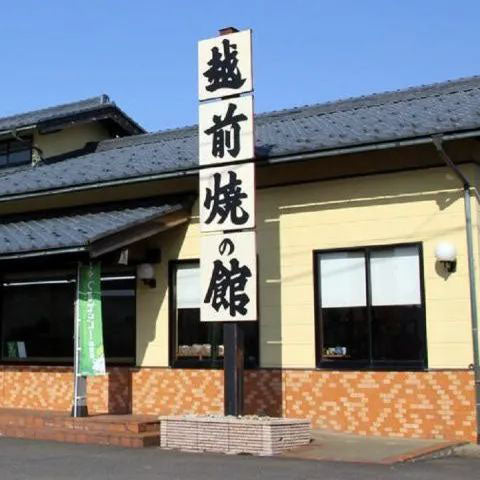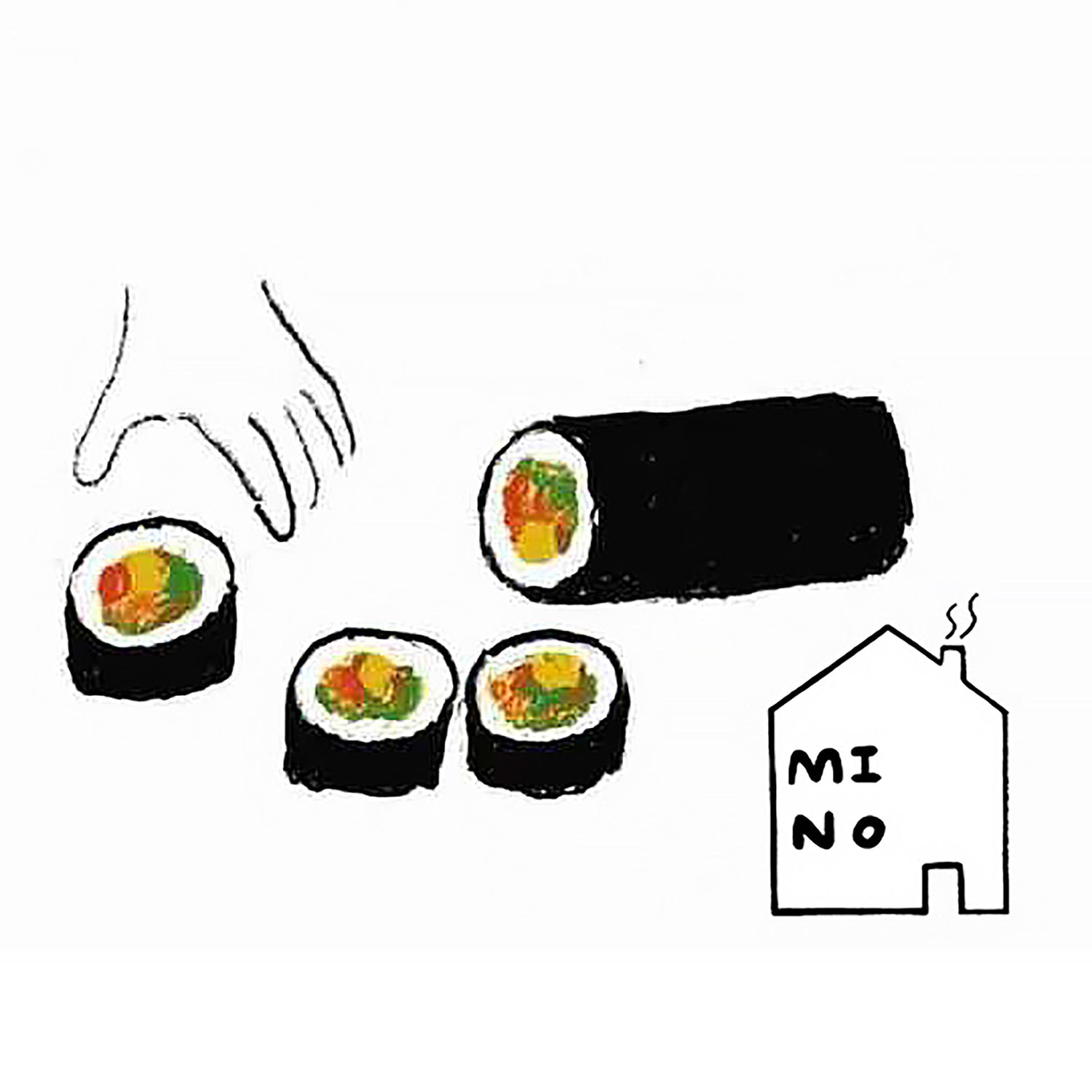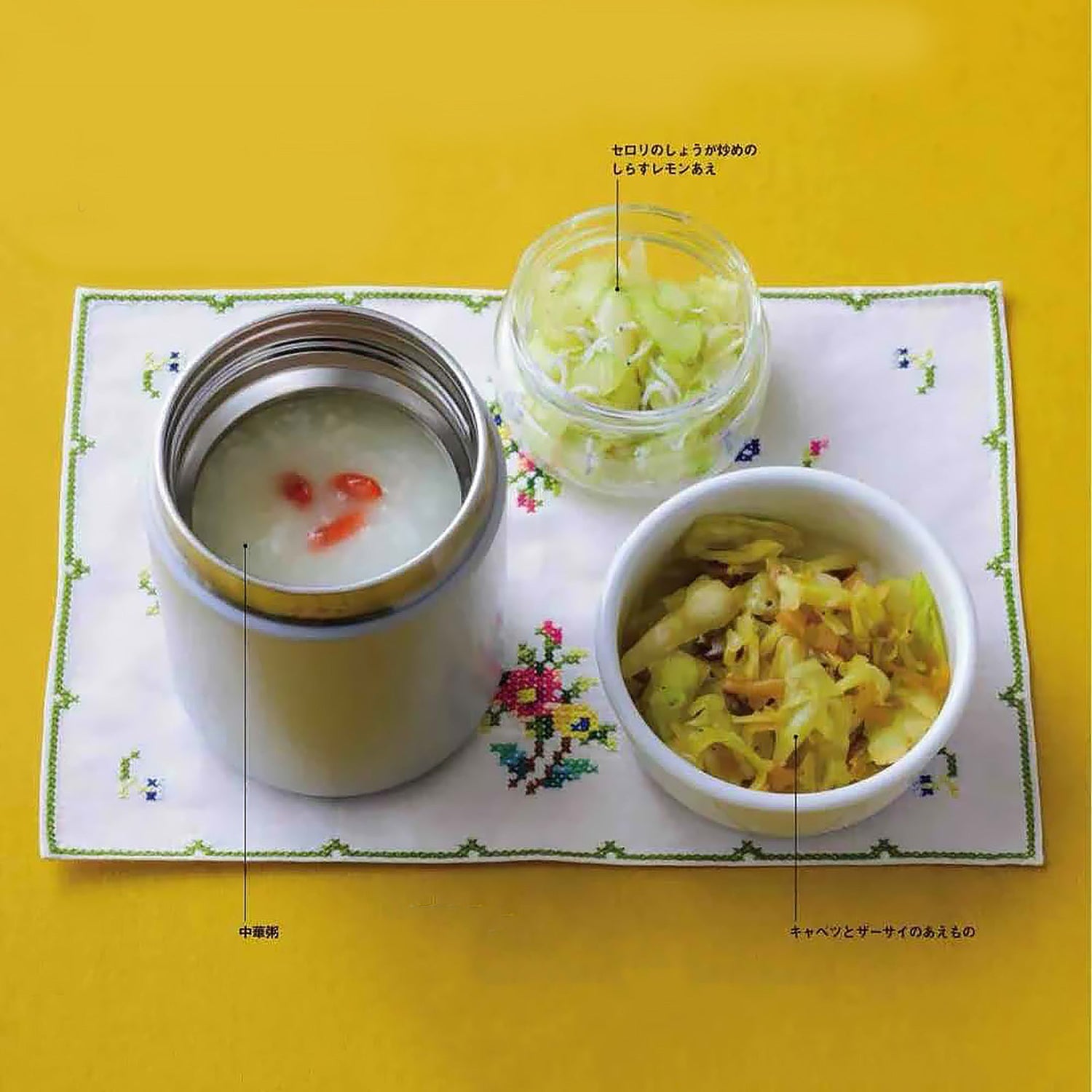
The Six Ancient Kilns of Japan refer to the six major ceramic production centers of Echizen, Seto, Tokoname, Shigaraki, Tamba, and Bizen. Since the Middle Ages (from the Heian period to the Muromachi period), these regions have been producing ceramics for over 900 years. These places have thrived on this craft and continue to preserve their traditions, while passing down the history and uniqueness of each ancient kiln, testifying to the rich heritage and exceptional craftsmanship of the Six Ancient Kilns.

1 Echizen
Echizen ware is a type of pottery produced in Echizen Town, Fukui Prefecture, originating in the late Heian period. It incorporates firing techniques from Tokoname (Aichi Prefecture). The clay, rich in iron, gives the pieces a reddish, black, or reddish-brown hue, and the pottery is highly durable, making it resistant to water leakage. Echizen ware is fired without glaze, allowing natural ash from the kiln to form unique textures. Initially, jars, urns, and mortars were mainly produced, with tableware being made from the late Edo period onwards.

Characteristics of Echizen ceramics
Echizen ware includes not only traditional unglazed pots and urns, but also more recent items such as glazed dishes, vases, and bowls. Although Japanese pottery is often simple, it has a striking presence, and its charm lies in its unique texture. "Three-line pots" are ancient Echizen ware pots with three engraved lines, also found in medieval pottery from Tokoname, Atsumi, and Tamba. These lines, often found in burials, are considered to have religious significance and were sometimes used as burial urns.




2 Seto ceramics
Seto ware has its origins in the Sarutobi kiln in Seto, Aichi Prefecture, which was founded in the early 9th century. As one of the largest ceramic production centers in Japan, Seto incorporated Chinese ceramic techniques to produce various everyday utensils. Unlike the other five ancient kilns, Seto is the only one to use the technique of glazing. Glazing enhances the strength of the pieces and prevents leakage, with plant ash commonly used as the raw material for the glaze. Traditional Seto wares are called "Seto Sometsuke," which feature realistic patterns painted in cobalt blue on white porcelain.

The traditional “Horse Eye Dish”
In the Seto region, traditional "horse eye dishes" feature oval spiral patterns made with iron glaze, evoking the shape of a horse's eye. These dishes were widely produced from the late Edo period to the early Meiji period, with many examples ranging in diameter from 20 to 35 cm.

Seto Ceramic Works




3 Tokoname ceramics
Tokoname ware is the oldest of the Six Ancient Kilns, located on the Chita Peninsula, centered around the city of Tokoname in Aichi Prefecture. There were once over 3,000 kilns, which is a testament to the scale of its production. The Tokoname technique has also influenced other regions, with widespread diffusion throughout Japan. Its distinguishing feature is the surface color of the pieces. Although the ceramic is unglazed, the presence of iron in the clay gives the pieces a unique red color.

The evolution of Tokoname ceramics in modern times
In the Edo period, ceramics from the villages of Tokoname, Sarutobi, and Hachioji were grouped together as Tokoname ware. In modern times, Tokoname ware included high-fired pieces called "true ceramics" and unglazed redware. True ceramics mainly included pots and jars, while in the late Edo period, pieces such as tea utensils and decorative objects also appeared. Redware included octopus pots and fire buckets, and towards the end of the Edo period, earthenware pipes called "tsuchihi" appeared.

During the Tenpō period, gas-fired tunnel kilns were introduced, allowing for mass production of decorative objects. These kilns, called "true kilns," could maintain high temperatures, which was different from the old large kilns where the part near the combustion chamber would become red hot.

At the beginning of the Meiji period, with the construction projects in Yokohama, standardized production of clay pipes began under the direction of Koiwa Egawa. Foreign designer Richard Brandon helped improve manufacturing techniques to meet the increased strength requirements.
Towards the end of the Meiji period, Tokoname ware diversified into the production of building ceramics, with glazed tiles and terra cottas produced for the Imperial Hotel. Despite the Kanto earthquake of 1923, production of building ceramics remained stable.

However, with the enforcement of the Air Pollution Prevention Act in 1970, the old coal-fired kilns were gradually replaced by oil, gas and electric kilns, marking the modernization of Tokoname ceramics.








